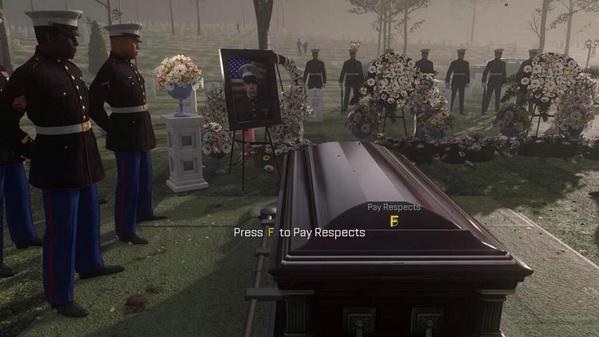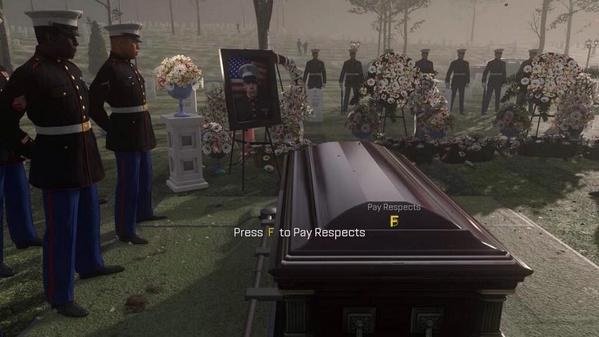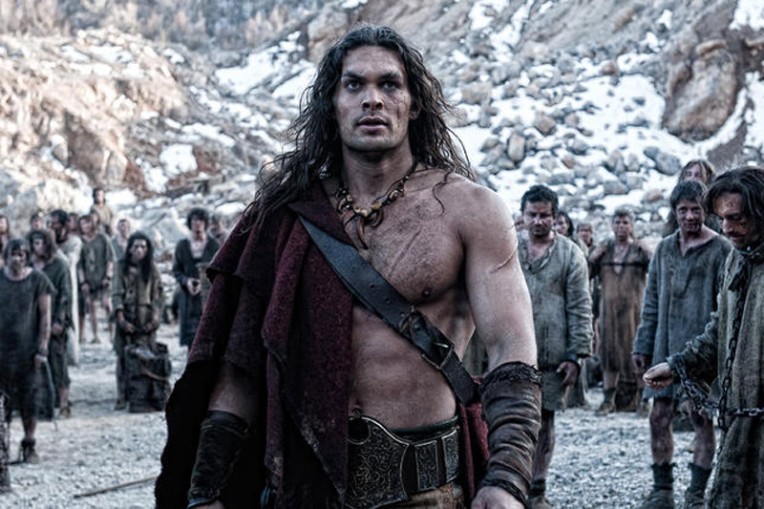If you haven’t heard of it, Happle Tea is one of the best web comics around. It is the work of artist Scott Maynard, and I thought it was high time we had a word with him. Here it is for your viewing pleasure:

History Mine: Why does history particularly appeal to you as a subject? Is it something that lends itself to web comics?
Scott Maynard: I think it can lend itself very well to web comics. History and, particularly, mythology, may not be the best way to attract notice on the internet but they are pretty timeless topics. Where topics like pop culture and video games may be more exciting or seem more relevant in the moment, history is at the heart of everything we do today. Writers and artists draw a ton of inspiration from the past and it’s said that there are no truly new stories. Being familiar with history and mythology opens your eyes to a secret world of amazing content that is both entertaining and enlightening and I think for those reasons, these topics can make for excellent comics.
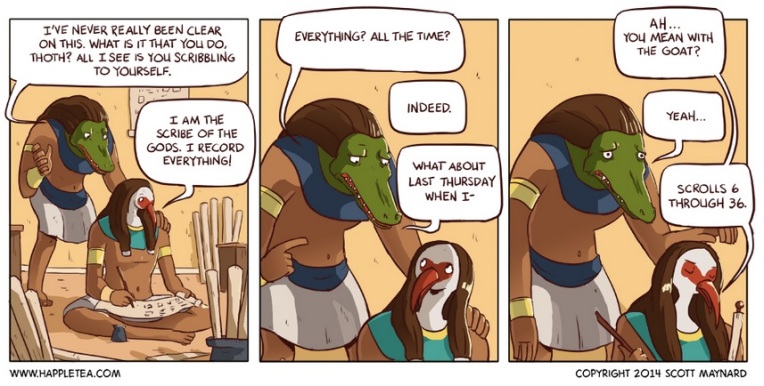
HM: How do you research each strip?
SM: I utilize a ton of reference materials! I have books on a lot of different mythological topics, I’ve read through a lot of the major works on the subject, and I’m always reading more! It can be a little bit difficult to recall everything I’ve read, seeing as I read very widely but somewhat shallowly on particular regions, but it’s easy to grab a book and refresh my memory. My favorite reference book is The Oxford Companion to World Mythology. It doesn’t work so great as a primary source when writing the blog post articles, but it’s great for quickly refreshing my memory or browsing through for comic topics!
HM: I notice that a few particular eras (Vikings, Ancient Egypt) tend to crop up quite a lot. What attracts you to these periods?
SM: Norse, Egyptian, Greek, and Biblical mythologies are definitely the big four for me, the main draw being that they’re very accessible to a lot of people, especially in the “Western World”. Though folks may not have read the source materials, they usually at least have some passing knowledge of the topics through school, pop culture, friends/family, and church. Norse, Greek, and Egyptian mythologies are particularly great because (like I mentioned above) they are the source for a lot of our stories today and thus they still have a lot of relevance. It’s surprising to think that we could have so much in common with people from so long ago, but that’s what makes these topics so intriguing.
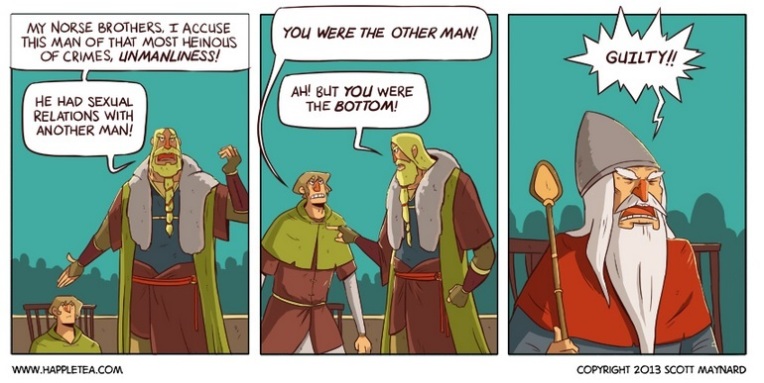
HM: Where do you take inspiration from?
SM: The Muses, obviously! haha But seriously, I’m inspired by all sorts of things. My inspiration for sharing mythology is to show where so much of culture today springs from, to make the historical relevant again by trying to show, clearly, the connections between the people of the past and ourselves today. By understanding the past, we can better know the present. Making comics has always been about relating to people, sharing ideas, and trying to entertain and brighten peoples’ days while also hopefully educating them a bit as well. It’s also been a process of education for myself, both artistically and on the subject of mythology. I think that life is about growth and making comics and writing blog posts is also about growing with my readers.
HM: In what ways is history relevant in the modern age?
SM: There are oh so many ways! History, in general, defines the present, thus understanding where things were helps us to clarify where they are today. This can be examined in a geographical, political, or cultural context. For instance, without some knowledge of the history of the Middle East, the conflicts and struggles of modern day Israel would seem absolutely bizarre to us today. Though most of ancient mythology may not be of particular importance to modern political issues, it does give us some insight into the cultural history of world and give us a little bit of understanding of our fellow inhabitants of the earth.

HM: You include a detailed explanation with every strip. How did this come about? Are you worried that it’s too much of an in-joke?
SM: Initially, the blog post started as a simple way to interact with readers, but it ended up growing into a major facet of operating the site. I often make comics about the popular view of particular mythological topics, not necessarily about the way the topic is presented in source materials. Having the blog post allows me to clarify what source materials might say VS what people today might believe. It also allows me to expand on topics covered in strips when I do use source materials for a joke. I try not to make comics on subjects that are too arcane, so I don’t usually feel like people need to read the blog post in order to get the comic’s joke. In general, it’s a tool I try to use to inform people about the strip’s topic and expand on it.

HM: Do you have favourite historical characters?
SM: I absolutely love Zeus, I think that’s become pretty apparent to my readers. He’s such a widely known figure and, in particular, his sexual appetite has been a major source of humor. I could do strips about Zeus every day! Aside from him, I love Thor, Buddha, Jesus, Sun Wukong, and Seth.
HM: Why the humungous zips?
SM: Haha! I started doing that as a way to push the character design of Lil K a bit more. I thought it would be funny and a defining feature if he had a gigantic zipper, but all it ended up doing was hampering the character acting! Unfortunately, the zipper has not made an appearance in some time. It was sent to a farm upstate where it could roam free in the fields.
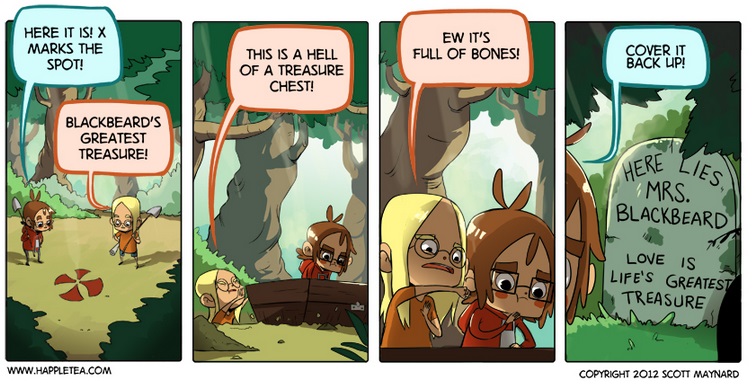
If you haven’t checked it out yet, now is definitely the time to go and have a read of Happle Tea. The comic also has a linked Patreon account, so if you’ve really enjoyed it, why not say so with warm, incorporeal cash? Finally, don’t forget to check out some of the interviews we’ve conducted with other insanely creative people.







